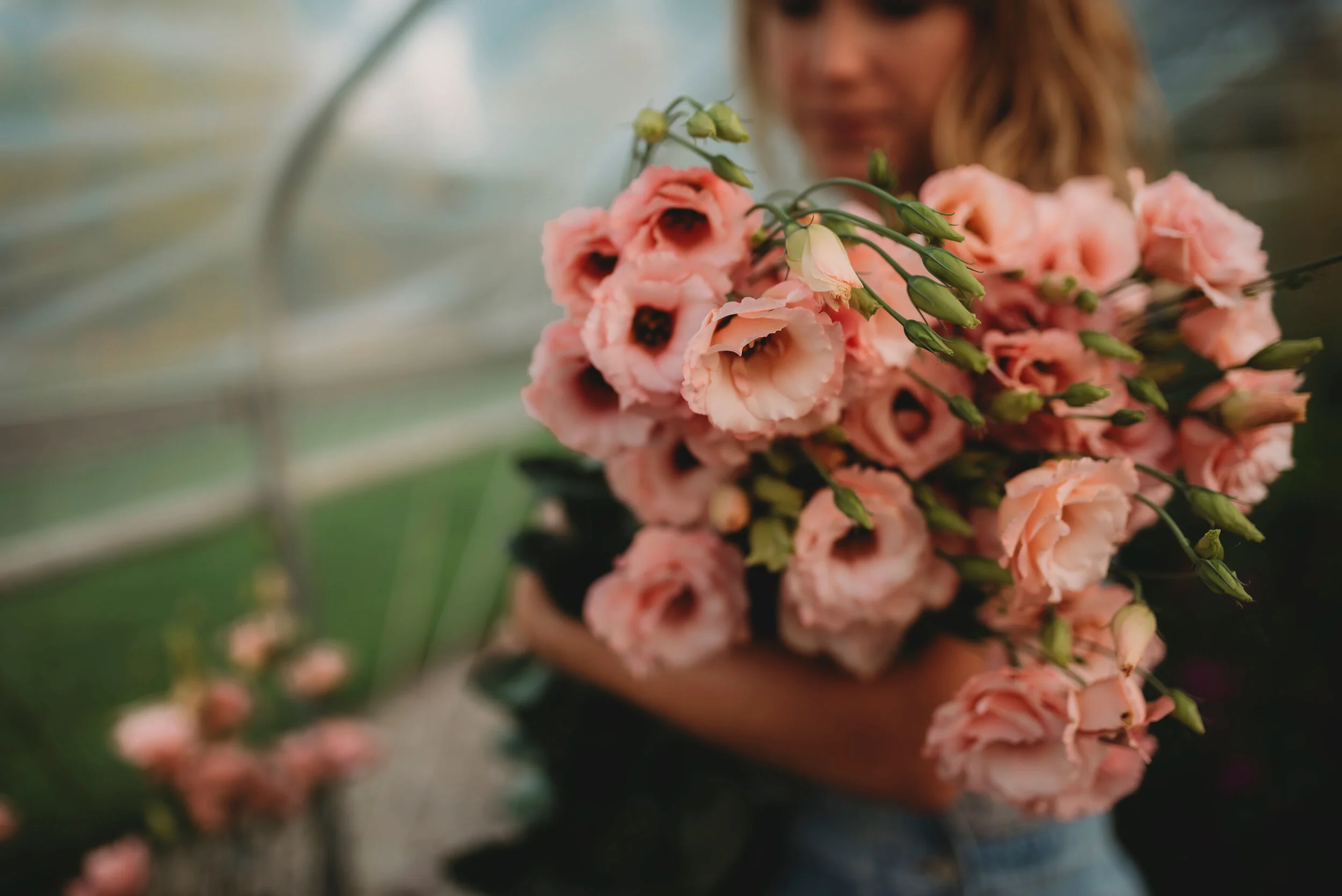Planting for Pollinators
Planting for Pollinators
Pollinators, Plants, People and Planet
It’s national pollinator week, a week dedicated to the amazing insects and birds who need our support to help their diminishing habitats.
This week is a little more important than national donuts day, or strawberry rhubarb pie day (yes, that is a thing - look it up!). So it can be easy to buzz past pollinator week without slowing down to understand why it’s important to each and every one of us.
Each flower you smell, each apple you eat, or pumpkin pie you make, is made possible because of a pollinator. These amazing hummingbirds, flies, honeybees, bumblebees, butterflies, birds, and even bats are vital to the production of healthy crops for food, fibers, edible oils, medicines, and so much more.
Nearly 200 species of pollinators are threatened because of habitat loss, pesticide use, monoculture crop production, and air pollution to name a few. One of the many reasons we are a sustainably grown flower farm is to do our part to help support the pollinators. Here are a few tips on how you can do the same at home.
How can you help pollinators?
Eliminate pesticide and herbicide use. Be okay with bug damage. The large majority of questions I receive about insect damage are only cosmetic. A few chewed leaves will not kill a plant. Weak or unhealthy plants are usually targeted for bug damage. Focusing on plant health and vitality will directly reduce the need for pesticide use.
Provide a source of water. A birdbath or even shallow dish of water set on the ground with some stones provides a place where insects can perch. Some insects, especially butterflies and some pollinator bees, prefer a mud puddle.
Incorporate native plants in your landscape. Native plants are best adapted for your climate, soil types, and local growing season. Check out your local extension agency for the best native plants.
Learn and spread the word. The NRCS and USDA are wonderful resources to learn about pollinators. I think we can all use a break from the COVID-19 conversation :)
Plant pollinator-friendly plants in your landscape. All the plants listed here are specific to SE Ohio where we are located. I divided them up into shrubs, perennials (plants that come back each year), and annuals (plants that do not survive the winter). These plants can be found in our local garden centers.
Shrubs
Butterfly Bush
Spirea
Caryopteris
Ninebark
Itea
Viburnum
Hydrangea
Weigela
Fothergilla
Perennials
Lavender
Bee Balm - Monarda
Coneflower
Garden Phlox
Hosta
Catmint -Nepeta
Russian Sage
Salvia
Butterflyweed
Liatris
Joe Pye Weed ‘Baby Joe’
Sedum
Annuals
Ageratum
Alyssum
Cosmos
Zinnia
Heliotrope
Sunflowers
Lantana
Petunias
Get outside and get dirty, the pollinators will thank you.
Lyndsay



